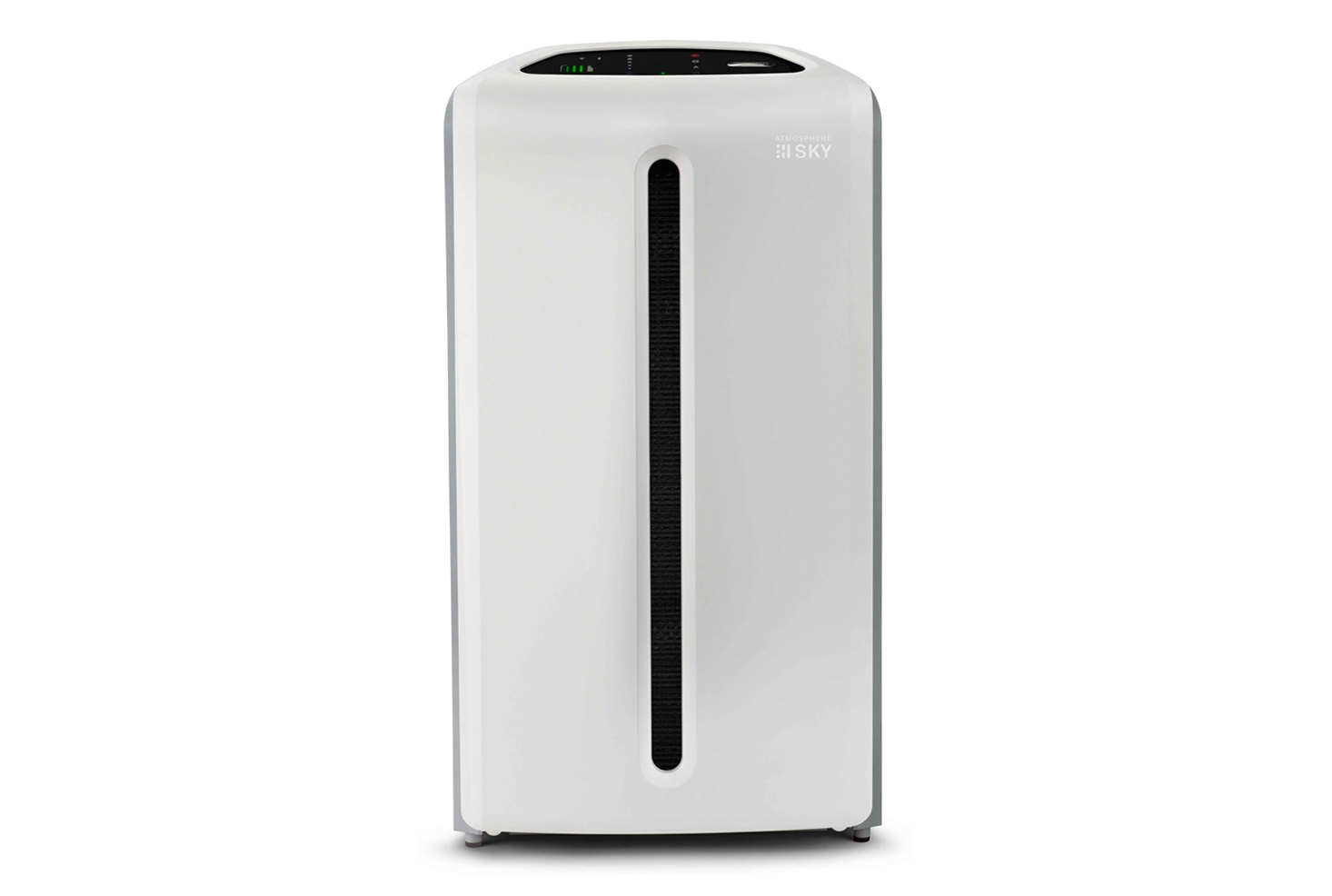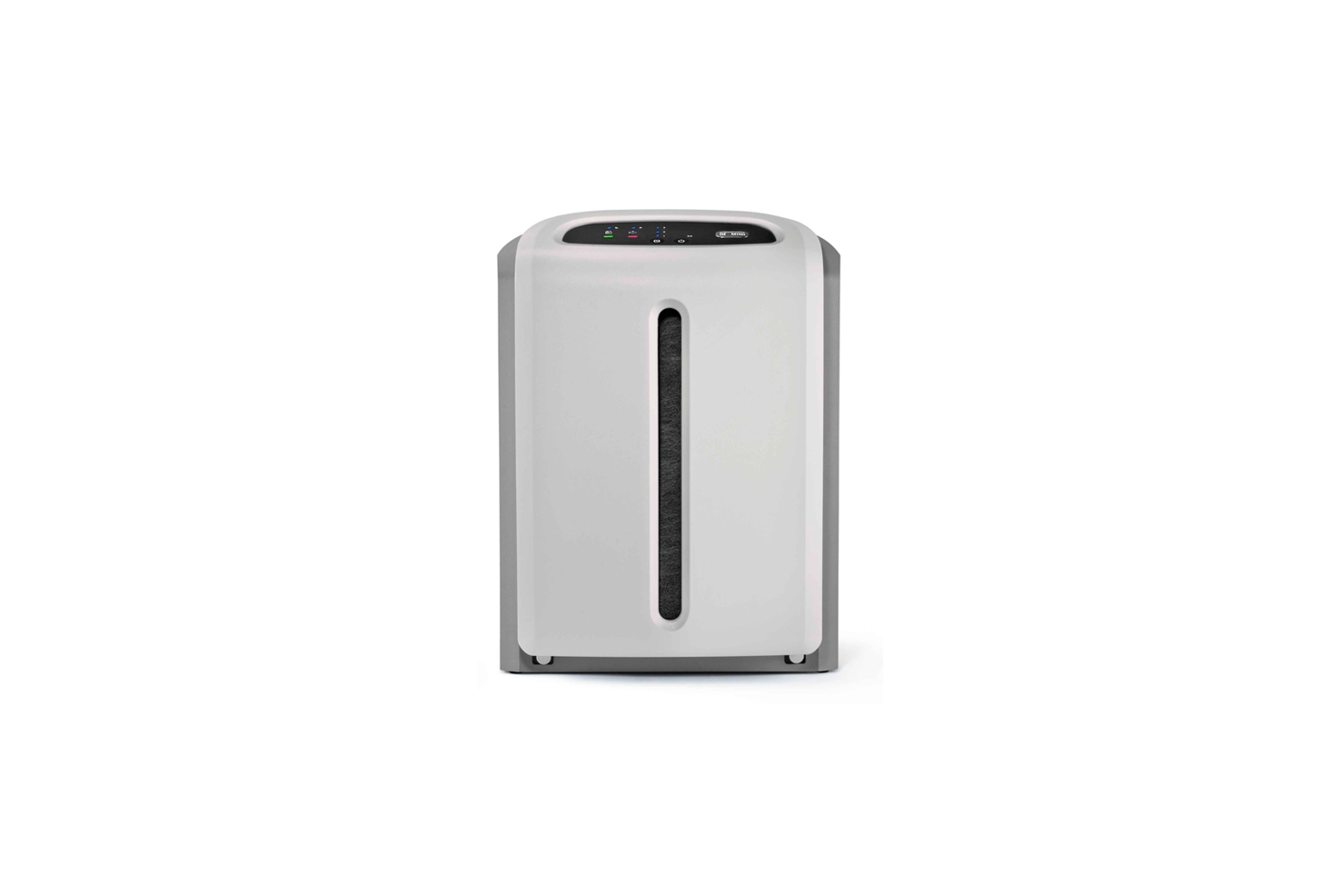

Is the air we breathe every day an invisible killer?
According to the World Health Organization (WHO), every year, exposure to air pollution is estimated to cause 7 million premature deaths worldwide. Lung cancer has long been the most widespread cancer in Hong Kong and research has shown there is a close relationship between lung diseases and air pollution.
Air pollution has been recognized by the WHO’s International Agency for Research on Cancer (IARC) as causing respiratory and cardiovascular diseases, as well as increasing the prevalence of cancers, and lung cancer in particular. Moreover, suspended particulates that are found in the air have been classified as a class I human carcinogen by the WHO.
Does air pollution only exist outdoors?
Most certainly not. Referring to the data provided by WHO, nearly 4 million people die every year from household air pollution among the 7 million premature deaths per year due to air pollution. According to research conducted by the U.S. Environmental Protection Agency, indoor air pollution is two to five times worse than it is outdoors. Given that we spend approximately 90% of our time indoors, the increased risk from exposure to indoor air pollution is clear.
Indoor Air Pollutants at a Glance
Biological Pollutants
These include PM2.5 pollution, dust mites, bacteria and viruses, pollen, pets’ scurf and other pollutants. Biological pollutants are small in size but spread extensively and quickly, which can lead to allergic reactions such as sneezing, eye discomfort, coughing and asthma, especially in the case of PM2.5 pollution. PM2.5 refers to particles with a diameter equals to 2.5 micrometers or less, also called small particles. PM2.5 can penetrate easily into the blood through the bronchus and pulmonary alveoli, resulting in harmful effects on the human body.
Chemical Pollutants
These include formaldehyde, second-hand smoke, benzene, methylbenzene and xylene. They mainly arise from cigarettes, renovation work, cleaning supplies and furniture. Long-term exposure to chemical pollutants can irritate the skin, nerves and respiratory system, leading to health issues.
Malodour
Bad smells can come from pets, cooking, trash or even the human body. Malodour is not pleasant to have in the home and will adversely affect the household environment.
Choose the Right Air Purifier to Improve Indoor Air Quality
According to guidelines issued by Hong Kong’s Environmental Protection Department, eliminating pollution sources and maintaining good ventilation are the key elements to improving indoor air quality. Choose a high-quality air purifier with high efficiency not only helps to promote indoor air circulation, but also filters out harmful airborne pollutants.
An air purifier has become an essential appliance for many families. Amway’s Atmosphere Sky™ and Atmosphere Mini™ are designed to meet different needs in the home, enabling you and your family to enjoy clean, fresh air at all times.
Two Different Types of Air Purifiers – Sharing the Same Goal


Save to
Delete
Are you sure?
Do you really want to delete this bookmark list? This process cannot be undone
Confirm